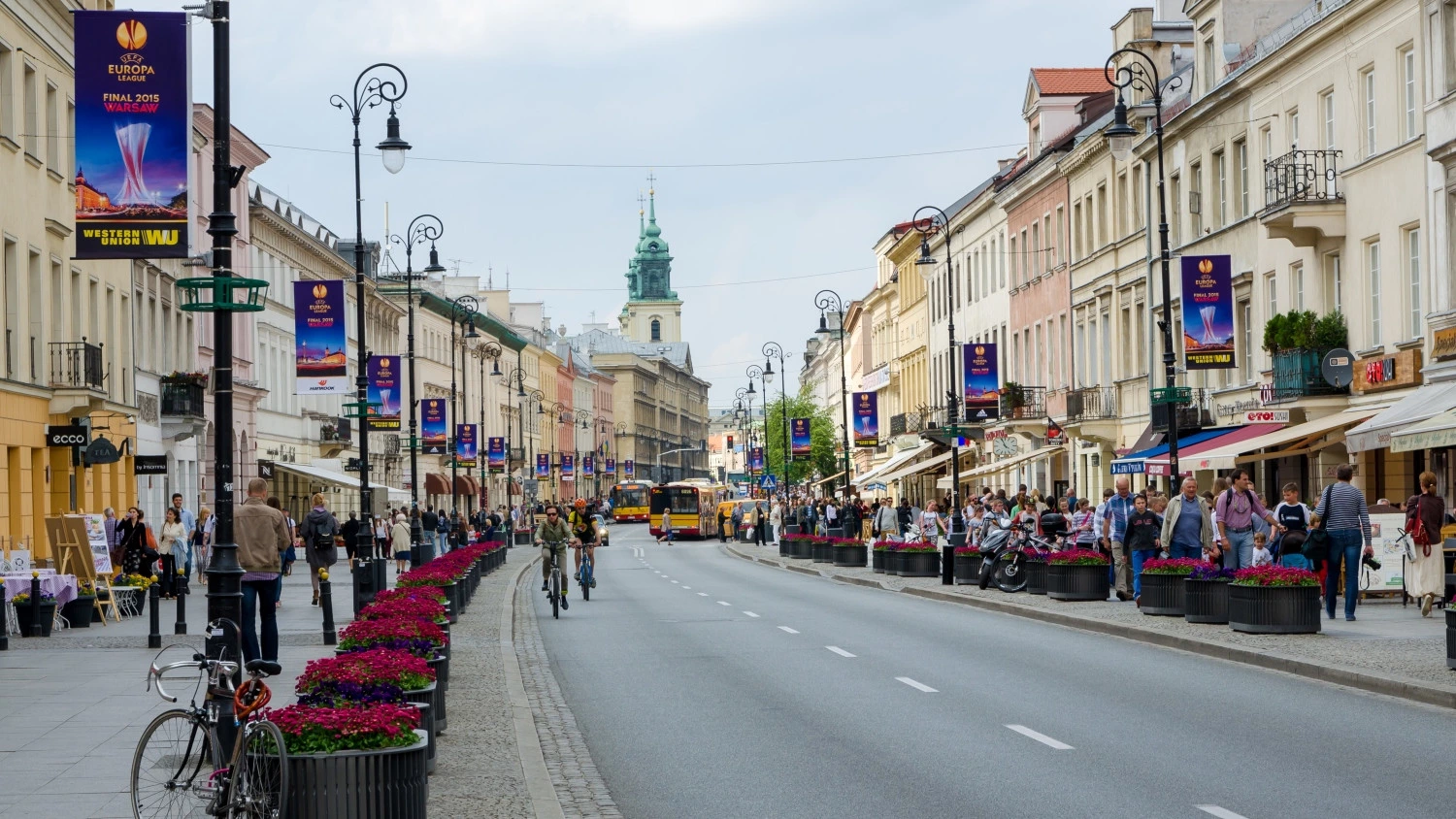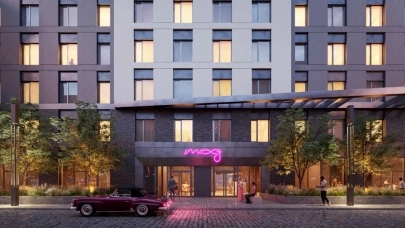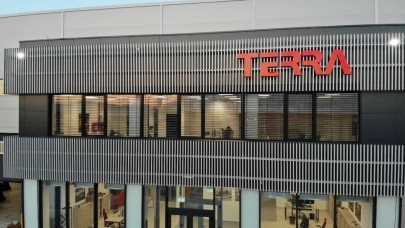Poland’s capital currently lacks an iconic high street such as Vienna’s Kärntner Straße, Kurfürstendamm in Berlin, Madrid’s Gran Via or the Champs-Élysées in Paris. High streets have given way to shopping centres, which attract customers because of their extensive, diverse purchasing and entertainment offering. These locations reflect the habits of Poles who have grown accustomed to shopping and spending their leisure time in one place.
“In the case of high streets, with the exception of high-end streets with luxury offerings, the core clientele is more random and consists of people who use the same routes every day on their way to work or school, and tourists, who stroll without any particular shopping goals in mind. Such clients are, by nature, more spontaneous, and need to be tempted by an exceptional experience, interesting store frontages, and a sense of novelty. They should be provided with an awareness of being in a fashionable place which is worth visiting. This, in turn, forces retailers to adopt different marketing strategies” comments Anna Wysocka, Head of Retail Agency at JLL
Gastronomy vs fashion
For a number of years, gastronomy has been the most popular category on the high street.
“Restaurants, bars and cafes account for nearly one-third of Warsaw’s high street units, in contrast to a mere 15% share in shopping centres across the Warsaw metropolitan area. The rise of the F&B sector is largely underpinned by the growing affluence of Polish customers, who spend approx. 40% more on eating out than they did 10 years ago”, says Joanna Tomczyk, Senior Analyst at JLL.
The places where gastronomy accounts for the largest share of units within the analysed streets and squares are ul. Nowy Świat (where nearly 50% of units are taken up by gastronomic ventures), ul. Świętokrzyska (44%), ul. Krakowskie Przedmieście (42%), ul. Chmielna (40%), and ul. Poznańska (37%).
"Conversely, the category most commonly found in shopping centres - namely fashion - accounts for a mere 13% of the total number of high street stores in Warsaw. Most boutiques can be found on ul. Mokotowska, where fashion brands occupy nearly 30% of all units. There are numerous luxury high-end brands that form clusters in the vicinity of Plac Trzech Krzyży and Plac Teatralny”, adds Joanna Tomczyk.
Services and grocery sectors are doing well
Data from JLL shows that service companies are coping quite well on the high streets of Warsaw. Their share has grown by 4 p.p. over the last three years and currently account for 13% of all units located within the analysed areas. The highest share of service operators on the city's high streets is located in the area around ul. Poznańska (26%), followed by ul. Mokotowska and ul. Marszałkowskiej (19% and 16%, respectively). In the case of ul. Poznańska and ul. Mokotowska, service tenants are most often beauty salons, while in the case of ul. Marszałkowska, the range of services is wider and includes travel agencies, language schools, and bureaux de change.
The grocery sector is fairly well represented on Warsaw’s high streets, accounting for 6% of the analysed units, which is a similar result to the results of research conducted by JLL in Warsaw three years ago. The largest number of grocery stores is found in the central section of ul. Marszałkowska (14 stores). These are mostly franchise stores of large chains, e.g. Carrefour Express or Żabka.
“Interestingly, the share of local specialist stores (e.g. bakers or butchers) is relatively small. However, the development of this segment is likely to soon pick upstream. We are now seeing the completion of many new mixed-use projects, such as Elektrownia Powiśle, which are excellent locations for bakeries and health food stores”, adds Joanna Tomczyk.
Rents and vacancy
The attractiveness of high streets differs substantially between particular areas, and sometimes even sections of the same street. These differences are reflected in the levels of rent, which begin at €20 / sqm / month (along Al. Jerozolimskie between the Central Railway Station and Rondo Dmowskiego), and peak at €80-90 / sqm / month for the best locations on ul. Nowy Świat. Western European countries' prime rent levels are above those of Poland in most locations. Warsaw also lags behind other CEE capitals, e.g. Budapest (€100 / sqm / month) and Prague (€220 / sqm / month), and is only ahead of Bucharest (€60 / sqm / month).
Challenges and solutions
The number of unoccupied retail units on the high street currently stands at 13%, which is 5 p.p. higher than three years ago. To get a broader picture, consider the fact that the vacancy rate in Warsaw’s 42 shopping centres is just 2.8%.
“The answer to the challenges faced by high streets boils down to two elements. Downtown retail strategies in Warsaw have to increase expenditure to attract customers and tenants. We are now seeing substantial reinvestment in mixed-use and retail developments in central locations including CEDET, Hala Koszyki, Elektrownia Powiśle, and Browary Warszawskie. These projects not only bring a freshness to the urban surroundings, and provide customer experience that goes beyond just sales, but also has a positive ripple effect on adjacent streets. Another useful measure that could potentially bring back consumers to the high street would be to exempt these areas from the Sunday trading ban as is the case in Western European capitals”, explains Anna Wysocka.
As pointed out in the report, the key to increasing the potential of retail in downtown Warsaw is to launch close cooperation between business and city authorities. Such actions would foster the creation of new locations that will encourage shopping and leisure activities. For this purpose, Warsaw authorities have already been implementing recovery programs, including a pilot strategy prepared by JLL, which aims to create new shopping locations in the capital's downtown areas.
“Poles’ shopping needs continue to evolve and are more often focused on experience. So Warsaw's high streets need to adapt and reinvent themselves. How? By introducing management strategies based on practices similar to those used in shopping centres. This change must happen in parallel with a constant improvement to the overall aesthetics and attractiveness of the high street. This process will likely require a great deal of time. Nonetheless, Warsaw has a great opportunity to diversify the local retail market and create new showcases on the city's map”, summarizes Jan Jakub Zombirt, Director, Strategic Consulting at JLL.




